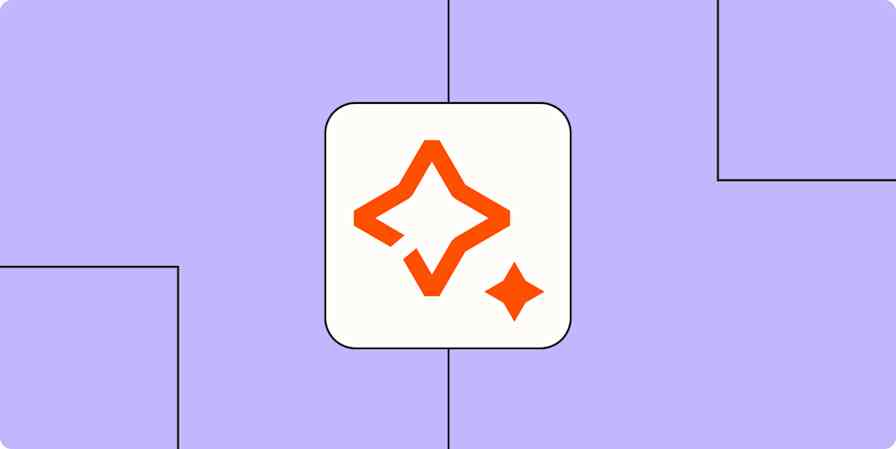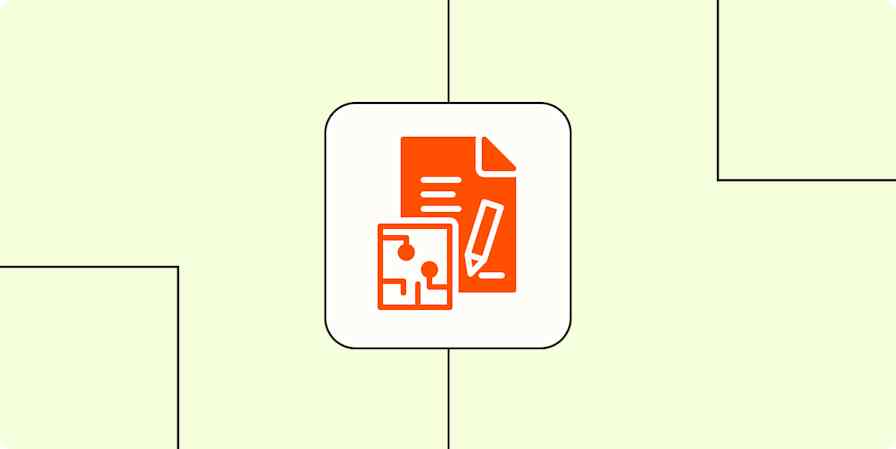There's a joke that social media now is just bots replying to other bots. Well, with the newly announced Agent2Agent (A2A) protocol, Google is trying to help bots be more productive members of society. It wants enterprise bots to be the ones communicating without any humans in the loop. So let's take a look at A2A and see if the joke is about to become even more of a reality.
Table of contents:
What is an AI agent—and where does A2A fit in?
"Agent" is the new term for AI tools that can act autonomously. It's a hazy definition, as it can be hard to identify what really counts as autonomous behavior. The gist is that if you give an AI agent a task, it goes off and does it without needing lots of additional input or constant monitoring. ChatGPT's Deep Research is a solid-if-basic example: you tell ChatGPT what you need information on, and it searches the web and collates all the information it finds into a handy report.
Lots of companies are developing agents with similarly autonomous behaviors. You can find AI-powered customer support bots, AI sales reps, scheduling tools, and apps that automate all your key business processes, like Zapier Agents.
The problem that Google is trying to solve is that most of these agents exist in their own space. ChatGPT is great, but it can't talk to your calendar's scheduling agent or an airline's booking agent. A2A is an attempt to give these agents a shared language so they can communicate.
What is the A2A protocol?
The Agent2Agent (A2A) protocol is an open source initiative spearheaded by Google to allow AI agents to interoperate regardless of who developed them or what technologies they use.
The idea is to make it so AI agents can collaborate and create what Google calls a "dynamic, multi-agent ecosystem." It already has support from more than 50 technology partners, including the likes of Atlassian, Box, Cohere, MongoDB, Salesforce, ServiceNow, and Workday.
A2A operates using a "client" agent and a "remote" agent. The client agent creates "tasks" that the remote agent performs. Say you wanted to book a flight to Hawaii. You could ask your personal assistant chatbot (the client agent), and it would delegate the task to a travel booking agent (the remote agent). Of course, the client agent doesn't have to be a chatbot—scheduling agents, customer support agents, and any other agent can all be the client. The whole point of A2A is that it allows agents to communicate freely.
A2A is designed to accommodate both instantaneous tasks and long-running processes. The remote agent can reply to the client agent straight away, but it can also say that it needs more time to accomplish the task. In that case, the client agent will receive periodic updates as things progress.
Google's demo example shows how multiple agents could be used during a hiring process. The Gemini chatbot is able to call on remote agents that post the job listing, find candidates, and even perform background checks on the successful candidates. As best as I can tell, none of these agents are real yet—but it shows the promise.
How does the Google A2A protocol work?
A2A is built on top of existing web protocols. It uses technologies like HTTP, Server-Sent Events (SSE), and JSON, so it's easy for vendors to integrate with their existing tech stack. It's also secure by default, with enterprise-grade authentication baked in.
Each A2A-capable agent has a public "agent card" that lists its capabilities and technical specifications. It's what tells a client agent what it can do and how to send it tasks.
The A2A protocol formalizes communications between client and remote agents. They send each other "messages" composed of "parts." Each part is a full piece of content, like an image or some structured data. The task is what's trying to be accomplished, and the end result is called the "artifact." (You can see the full spec here.)
While it all sounds a bit silly written down, it's necessary to enable AI agents from different vendors with vastly different capabilities to interoperate without issue.
A2A vs. MCP
A2A is designed to complement the Model Context Protocol (MCP). While A2A allows two AI agents to communicate, MCP enables AI agents to integrate with external tools like databases. In many proposed use cases, agents are likely to use MCP to pull in data from other sources and then communicate with each other over A2A.
Build your own AI agent
Google envisions a future where AI agents are able to seamlessly collaborate to "automate complex enterprise workflows and drive unprecedented levels of efficiency and innovation." A2A, as an open protocol, is one step in that direction. While it's still early days, it will be interesting to see how broadly A2A is adopted.
But not everything is pie in the sky. You can already build your own AI agent that connects to thousands of other apps. Zapier Agents can access your business data, take action in all your favorite apps, and handle tasks whether you're there or not. And you build them using natural language. Learn more about how to build your own AI agent.
Related reading:








